As of 14 September, Level 1 Watering Restrictions are still in place in Auckland.
In this blog, we have included tips and watering solutions that comply with these rules. Now more than ever, it is important to be water smart and preserve our precious resource. For more information, you can keep up to date with the restrictions via the Watercare NZ* website.
For water saving tips and information about the water that sustains the city of Auckland, the Water For Life website has everything you need to know.
The Level 1 restrictions do not apply to the rural townships of Waiuku, Helensville, Bombay, Muriwai, Snells Algies, Wellsford and Warkworth as they have their own local water sources.*
Please note any watering regulations listed in this post are correct as of 14 September 2020. Be sure to visit Watercare NZ for the most up-to-date and relevant regulations.
Level 1 Water Restriction Rules
Current Stage 1 Restrictions do not allow Residential water users to:
• Use an outdoor hose or water blasting device.*
Important information to remember:
- The restrictions only apply when connected to the metropolitan water supply network.
- If you have a rain water or grey water tank you can use that water as you wish ie: you can connect a hose to those tanks and wash your car/vehicle, boat etc.
- There are lots of businesses offering outdoor cleaning services using non-potable (untreated water). See the list here.*
With the current water levels of Auckland’s water collection dams sitting at only 67.5%, we need to take action to ensure our we aren’t taking advantage of our water supply. Whilst the effects of the drought still remain, we have a few tips that can help you out in the garden, without using large amounts of water.
#SMARTGARDENER Watering Tips
WATER YOUR GARDEN USING GREYWATER
Using greywater as a secondary water source can help you not only water your garden, but re-purpose water that would have become waste water. You can use greywater from your home by collecting the water from your shower, bathtub, bathroom sink, washing machine and laundry sink/tub.
Greywater Hoses can help you redirect your washing machine water to your lawn. Opt for a low phosphorous washing powder and try to reduce the amount you use to make the water more lawn friendly. We only recommend using greywater on your lawn as it can be harmful to veggie patches and flower beds.
Alternatively, you can collect the greywater using a large bucket, and using this on your lawn or flower beds when needed.
USE A SOIL WETTING AGENT
Apply a soil wetting agent to your lawn three times a year (early spring, early summer and autumn) to assist water penetration in lawns and garden beds. Wetting agents increase water absorption, improve efficiency of any fertilisers used, reduce water run-off and help eliminate dry patches. Increasing water absorption of soil encourages deeper root growth and ultimately less watering will be required. Choose a product that is earthworm and water run off friendly.
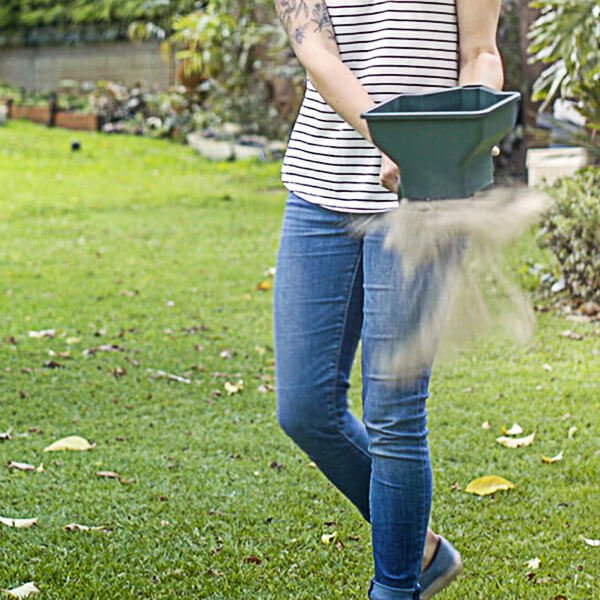
APPLY MULCH TO YOUR GARDEN
Mulching garden beds is essential during summer. Effective mulch will reduce the frequency of watering and keep you plants happy and heat-stress free. There are a variety of mulches available and some are better than others at water retention. Opt for mulch that is more decomposed or broken down than hard wood mulch. Mulch will also smother weeds and add organic matter into the soil as it breaks down, which is beneficial to soil micro-organisms.
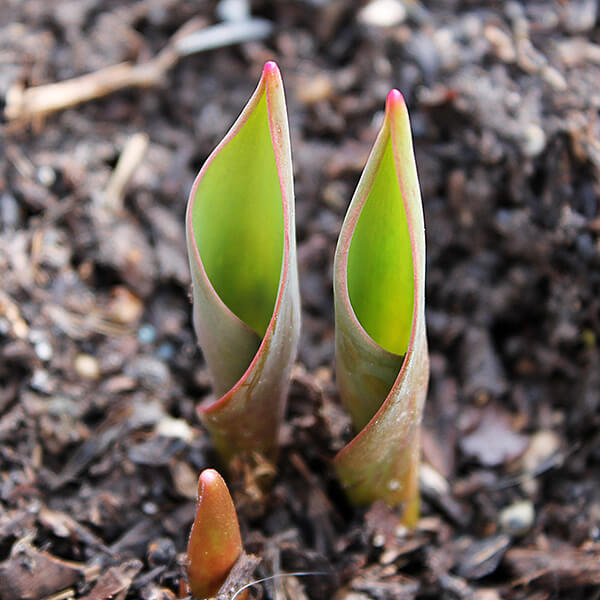
CHOOSE YOUR WATERING TIME
Water your garden before 10am or after 4pm when it is cooler and water evaporation is less likely to occur. Water at the base of the plant, close to the root zones. Leaves do not require watering. When watering, give the soil a solid soaking but less frequently. This will encourage deeper root growth and a higher resistance to hot and dry weather. As garden hoses are not permitted, using a watering can is the next best thing! We have 9L watering cans available for the bigger watering jobs.
MOW YOUR LAWN IN THE EVENING
Mow your lawn on a higher blade setting in the hotter months and mow in the evening when the sun is down. This helps keep moisture in the roots. Evening mowing also gives the grass about 12 hours of shade and healing time before the next day.
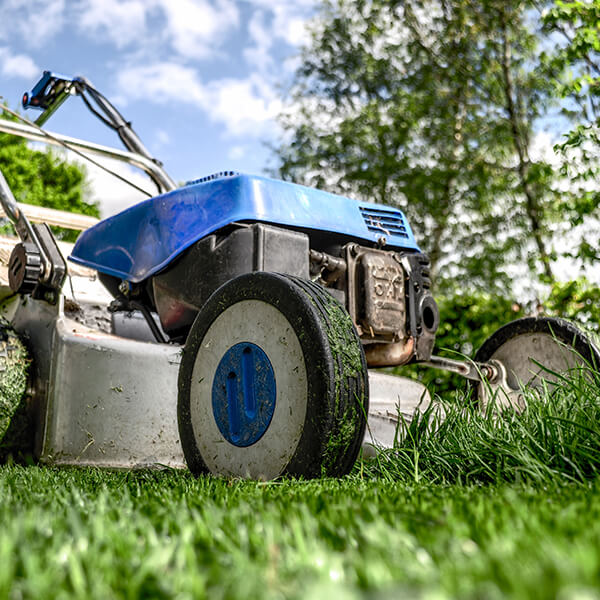

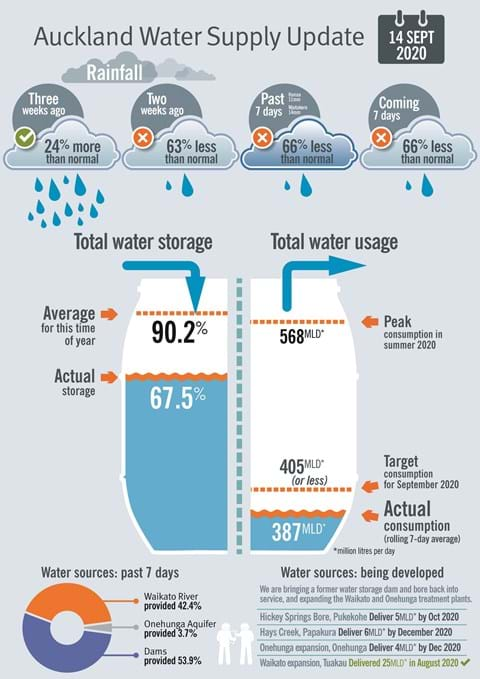
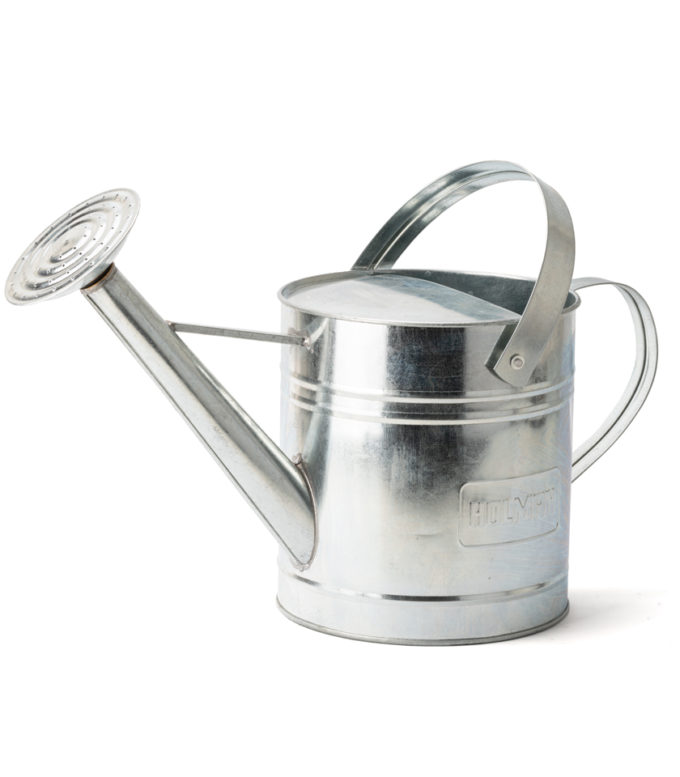



 No products in the cart.
No products in the cart.